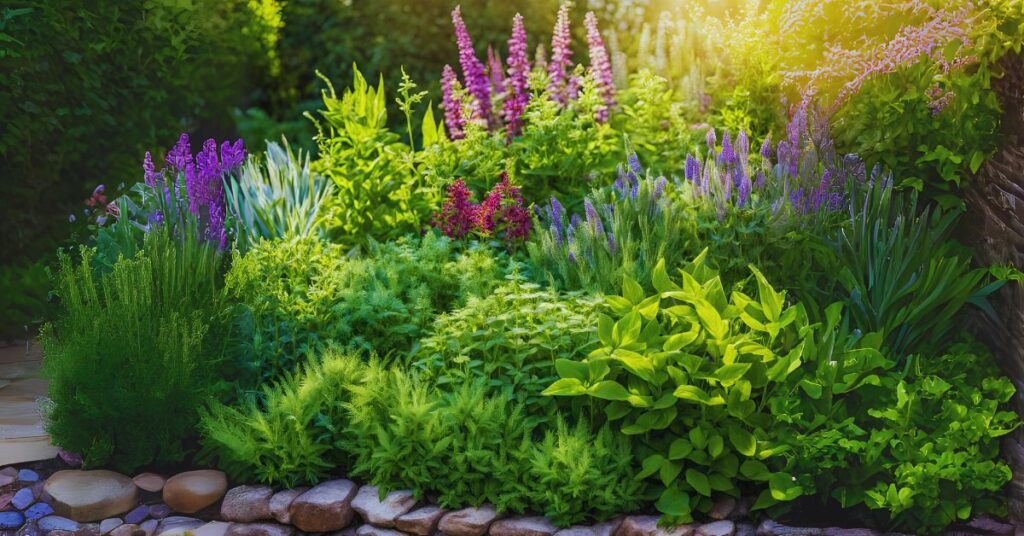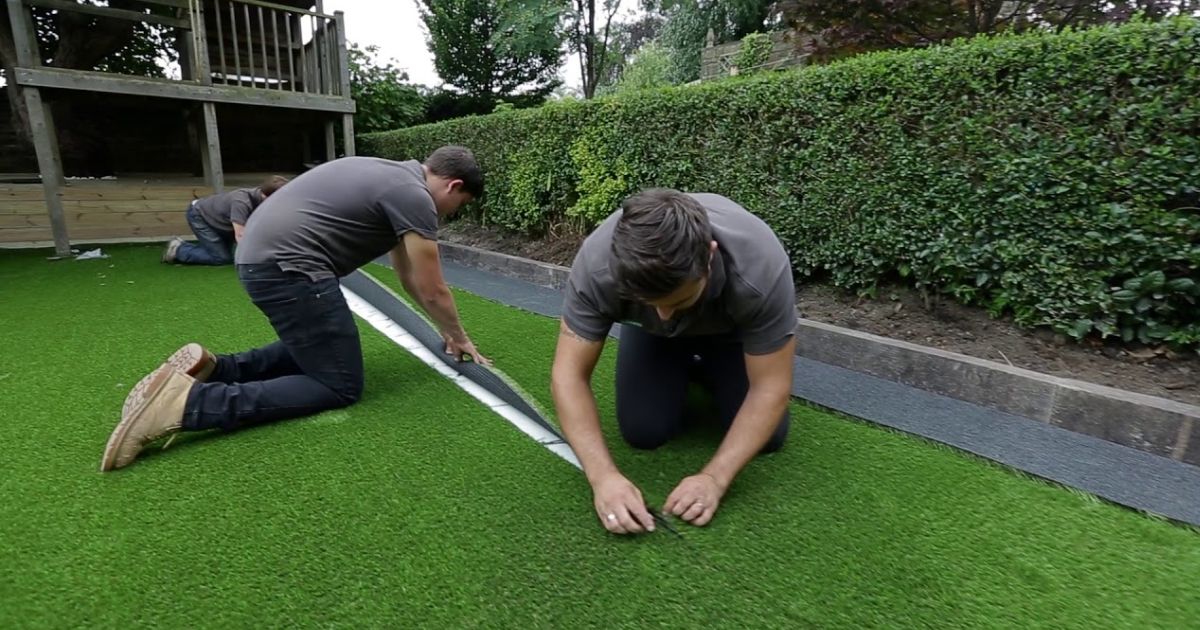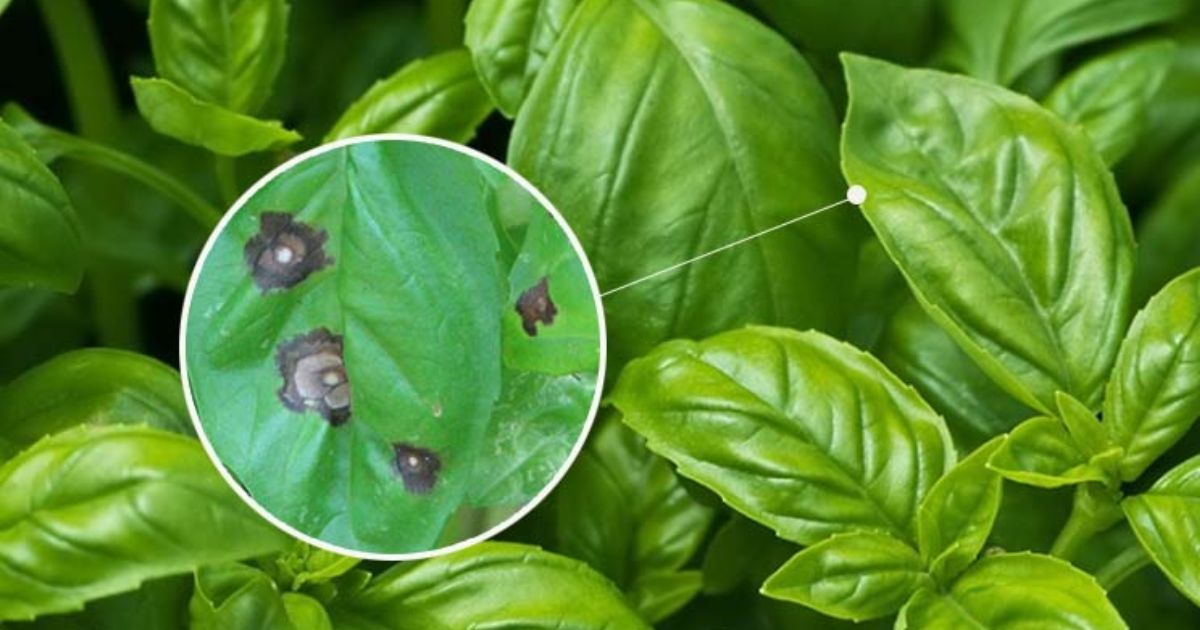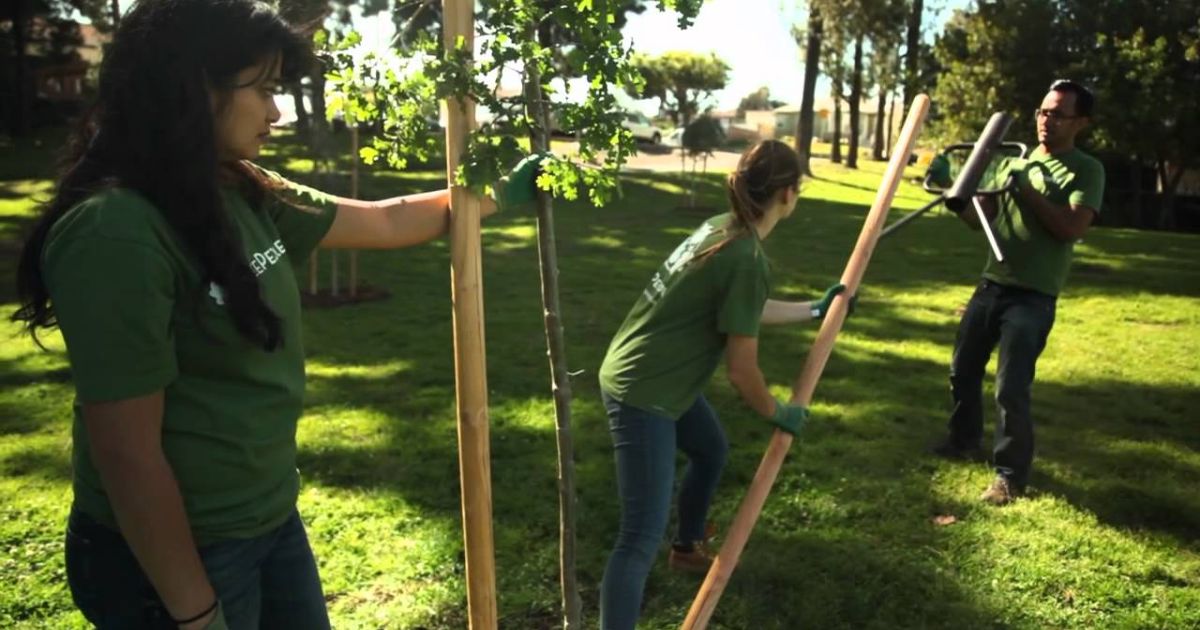These stunning perennials, cold-hardy and durable in our Zone 5 short seasons at Fruition Seeds, will surround you with beauty and abundance for many years. From aromatic lavender and hyssop to local arnica, we love to share what we love with those we care about! Once established, Perennial Herbs are frequently straightforward to maintain, though some, like arnica, can be challenging to cultivate from seed. We are here to position you for success at every step of the journey!
What Are Perennial Herbs?
Perennials herbs are plants that live for more than two years. They survive through the seasons, regrowing each spring after winter dormancy. These herbs are perfect for a sustainable garden, requiring less effort and providing ongoing harvests of fresh leaves and stems.
Here are a few reasons why perennial herbs are essential:
- Low Maintenance: Once established, perennial herbs require minimal care compared to annuals.
- Cost-Effective: Plant them once and enjoy them for years.
- Versatile: They add flavor to dishes, serve as natural remedies, and attract beneficial insects like bees and butterflies.
- Eco-Friendly: Perennial herbs improve soil health and reduce the need for frequent planting and watering.
Why Grow Perennial Herbs?
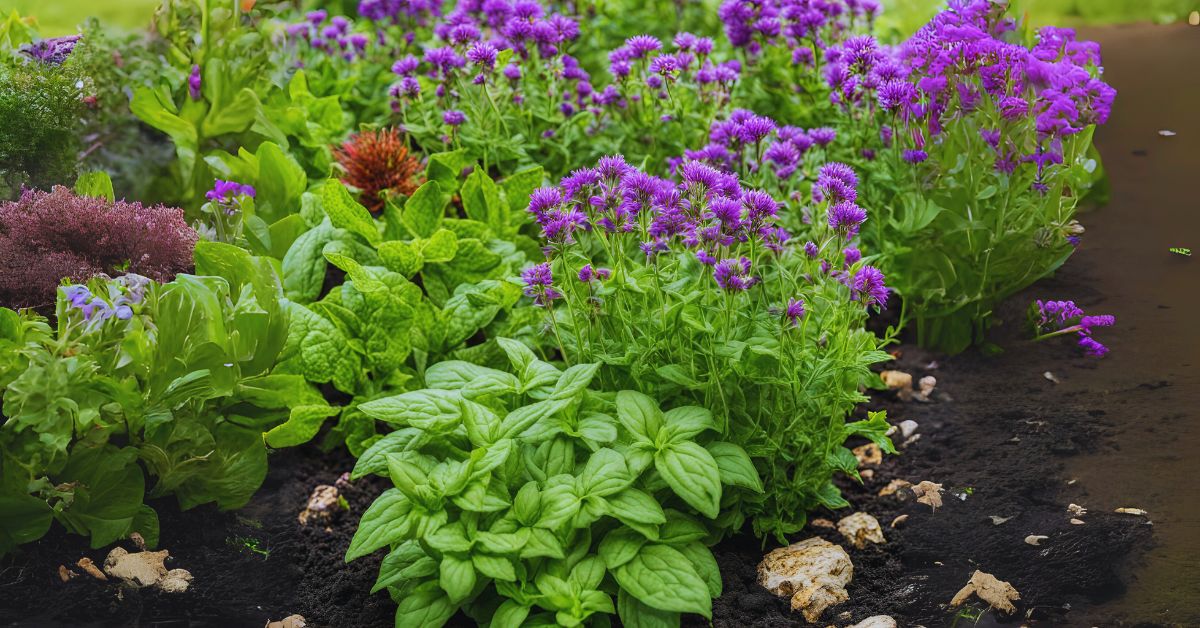
There are many reasons to plant perennials herbs in your yard. Here are just a few.
They can be a great addition to your garden beds and landscape. Plant herbs throughout your yard and think beyond just the vegetable garden. Use evergreen herbs in your area, such as oregano, thyme, and rosemary, to give your garden bed some color and texture. Combine conifers, floral annuals, and perennials with taller, upright herbs like fennel, bee balm, and chives. Use thyme, oregano, and sage as groundcovers and garden borders because many of their kinds grow slowly. Other herbs grow and can be used as attractive accents for window boxes and hanging baskets.
Because perennial herbs return year after year, growing them is ultimately more affordable. You can divide and plant lavender, bay laurel, and rosemary plants in different areas of your yard or your friend’s yard, and they will last for decades.
Compared to most annuals, perennials require less effort and maintenance. Once established, perennial herbs require little maintenance, only periodic fertilization and frequent watering. As long as they receive enough sunlight, Mediterranean native herbs like lavender, oregano, sage, chives, tarragon, and rosemary, to mention a few, are hardy and drought-tolerant.
Numerous perennial herbs can repel insects and draw pollinators. While herbs like mint, sage, thyme, lemon balm, and lemongrass will keep pests like mosquitoes, aphids, flies, and fleas away from your yard, chives, fennel, lavender, and anise hyssop can attract bees, hummingbirds, and butterflies.
What Herbs Are Perennial in Zone 7?
Perennial herbs zone 7a is a temperate gardening zone with mild winters/warm summers, making it ideal for various perennial herbs. If you live in this zone 7 herbs, consider growing:
- Rosemary: A hardy herb that thrives in sunny spots with well-drained soil.
- Sage: Its woody stems and silver-green leaves are perfect for cooking and landscaping.
- Thyme: This herb loves the warm conditions of Zone 7 and grows well in rock gardens or borders.
- Lemon Balm: A fragrant herb that attracts pollinators and is excellent for teas.
- Fennel: Known for its feathery leaves and licorice-like taste, fennel adds height and texture to gardens.
Creating a perennial herb garden in Perennial Herbs Zone 7 ensures a continuous supply of fresh herbs year after year.
Are Herbs Perennials or Annuals?
Both can be classified as herbs because they represent a vast category of edible plants!
Let’s first review basic definitions to ensure we’re all on the same page.
-
Perennial Herbs
Perennial herbs can survive for more than two years. In actuality, the word perennial means “through the years.” In colder climates, perennial herbs will die back in the fall or winter after enjoying their growing season, only to reappear from their roots in the spring. My chives are among the first plants to reappear in March.
-
Annual Herbs
Often called “soft herbs,” annuals finish their life cycles in a single growing season. In other words, they grow from seed to seed in a year. While some annuals are excellent at self-sowing and will grow from seeds dropped by the previous year’s harvest, others require annual replanting.
-
Tender Perennial Herbs
While some herbs can survive for years in their natural environments, they are not cold-hardy and will perish in the winter when grown in colder locations. Basil is a good example of what we refer to as delicate perennials or short-lived perennials. Gardeners in colder climates consider basil an annual and plant new basil from seed or cuttings every warm season because it will die with the first frost of the winter/fall season.
Gardeners in warmer climes can enjoy growing basil outdoors for several years. Other delicate perennials frequently mistaken for annuals include lavender, lemon verbena, fennel, and feverfew.
The life span of a herb in your garden may vary depending on your climate, as the description of delicate perennials undoubtedly makes clear. Herbs, usually considered perennials elsewhere, may not survive more than a year in your garden if you live somewhere with exceptionally harsh winters. After all, most plants are indigenous to regions with warmer temperatures, such as Southeast Asia or the Mediterranean. In light of this, even the most resilient perennials can frequently profit from winter frost protection.
What Herbs Are Perennials?

Mint, rosemary, oregano, thyme, sage, lemon balm, marjoram, anise hyssop, and others are primarily perennial herbs. These guys are frequently called woody herbs because they gradually develop a woody stem.
In temperate climes, perennials can reach the size of shrubs and small trees (think bay laurel) and grow all year round.
Perennials will develop more slowly and finally turn brown in colder areas. Although some herbs in the mint family, incredibly winter savory, can tolerate temperatures below freezing for a while, they will die back when snow or frost occurs. These perennials will sprout new branches and leaves from the roots and begin to thrive once more in the spring when the weather has warmed up sufficiently and there is no longer a risk of frost. During the growth season, the same herbs that can grow enormously elsewhere can only reach a height of one foot before they once again go dormant.
Summer savory is an actual annual, although basil is considered an annual due to its extreme sensitivity to frost. It makes it the odd-out member of the mint family.
The daisy plant family also includes certain perennial herbs, such as tarragon and echinacea. However, what herbs are perennial? Their cousins, marigolds, and calendulas, are annuals that further complicate matters. Even more challenging is the fact that Roman chamomile is a perennial, but German chamomile is an annual (although it self-seeds so quickly that gardeners may believe it is reviving from the roots).
A List of Which Herbs Are Perennials
- Anise hyssop
- Bay laurel
- Chives
- Echinacea
- Fennel
- Feverfew
- Lavender
- Lemon balm
- Lemon verbena
- Marjoram
- Mint
- Oregano
- Roman chamomile
- Rosemary
- Sage
- Sweet marjoram
- Tarragon
- Thyme
- Winter savory
How Do You Grow Herbs Year Round?
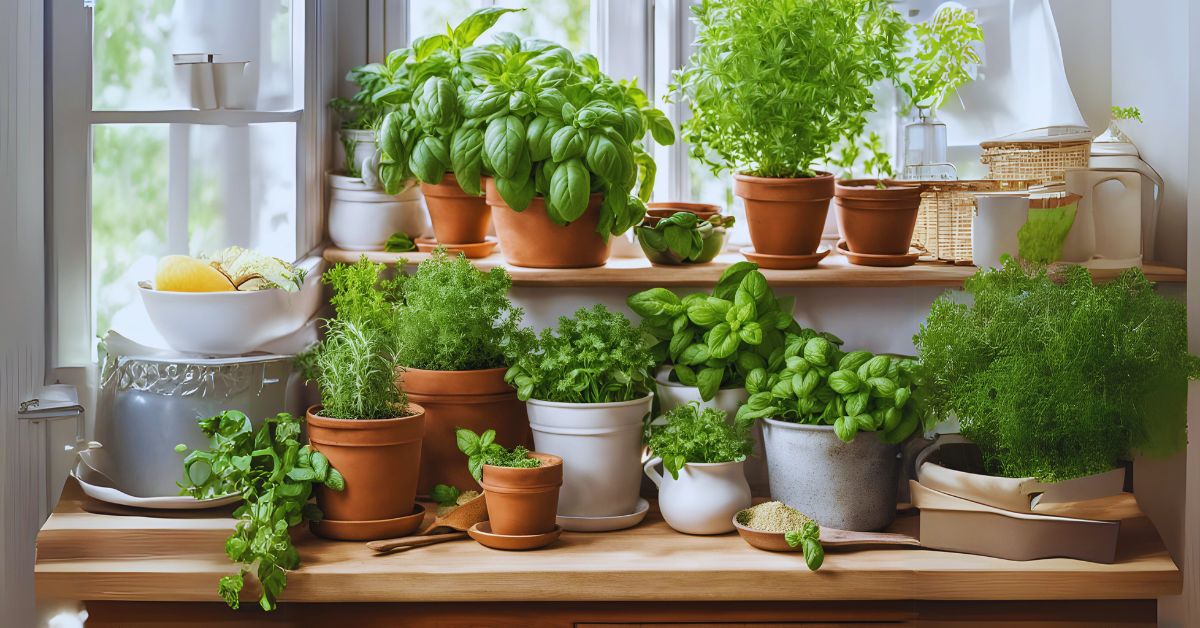
If you live in a warmer area, you can have freshly cut herbs every month of the year. If you live in a colder environment, you can have dried herbs you gathered when the weather was green for half the year and fresh herbs for the other while growing outside.
During the coldest months of the year, you can also bring herbs from the mint family indoors. To avoid frost, pot up and relocate herbs like bay laurel, rosemary, sage, thyme, and lavender indoors. Many plants will continue to develop moderately if you keep the soil moist and plant it in your house’s sunniest position. Still, your herbs won’t necessarily generate a lot of new leaves (and they may shed some while they’re getting used to their new environment). When the earth thaws, these herbs can be put back outside in the spring.
Benefits of a Perennial Herb Garden
A perennial herb garden offers numerous benefits for gardeners and the environment. Here are some of the advantages:
- Year-Round Availability: Enjoy fresh herbs without the hassle of replanting annually.
- Biodiversity Support: Attract pollinators like bees and butterflies, enhancing the local ecosystem.
- Reduced Water Usage: Many perennial herbs are drought-tolerant once established.
- Aesthetic Appeal: Perennial herbs like lavender and rosemary add beauty to your garden with their colors and fragrances.
- Culinary and Medicinal Use: Always have fresh ingredients and natural remedies.
Tips for Growing Perennial Herbs
Here are some practical tips to help you succeed with your perennial herb garden:
- Choose the Right Location: Most perennial herbs prefer full sun, so pick a spot with at least 6-8 hours of sunlight daily.
- Prepare the Soil: Ensure well-drained soil enriched with compost or organic matter.
- Space Wisely: Leave enough room for each plant to grow without overcrowding.
- Prune Regularly: Trim your herbs to encourage new growth and prevent them from becoming woody.
- Protect in Winter: Mulch around the base of the plants to cover their roots from freezing temperatures.
Conclusion
Perennial herbs are a great complement to any garden, offering endless benefits with minimal effort. They’re economical, environmentally friendly, and a constant source of fresh flavors and natural remedies. Whether growing a grassland-inspired herb garden or planning for perennial herbs zone 6, perennial herbs are the way to go.
Start your perennial herb garden today, and enjoy the rewards for years.

